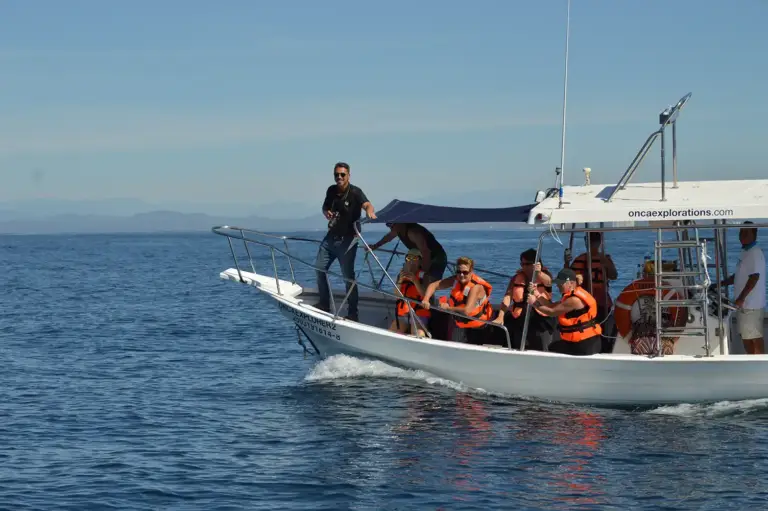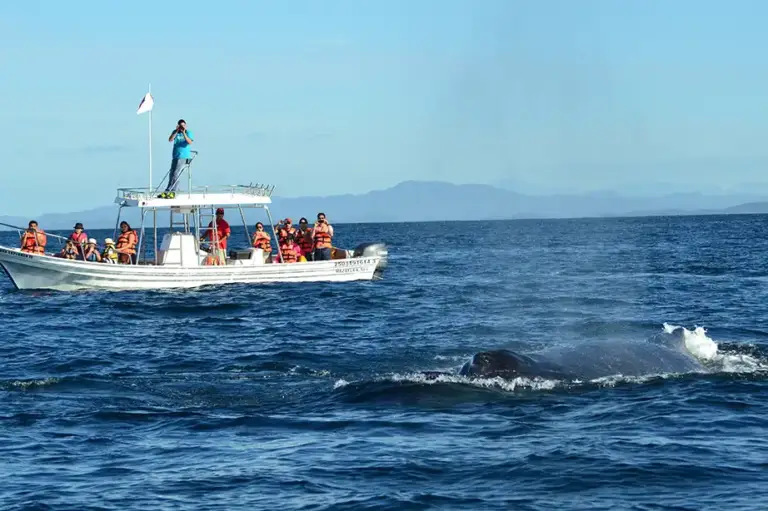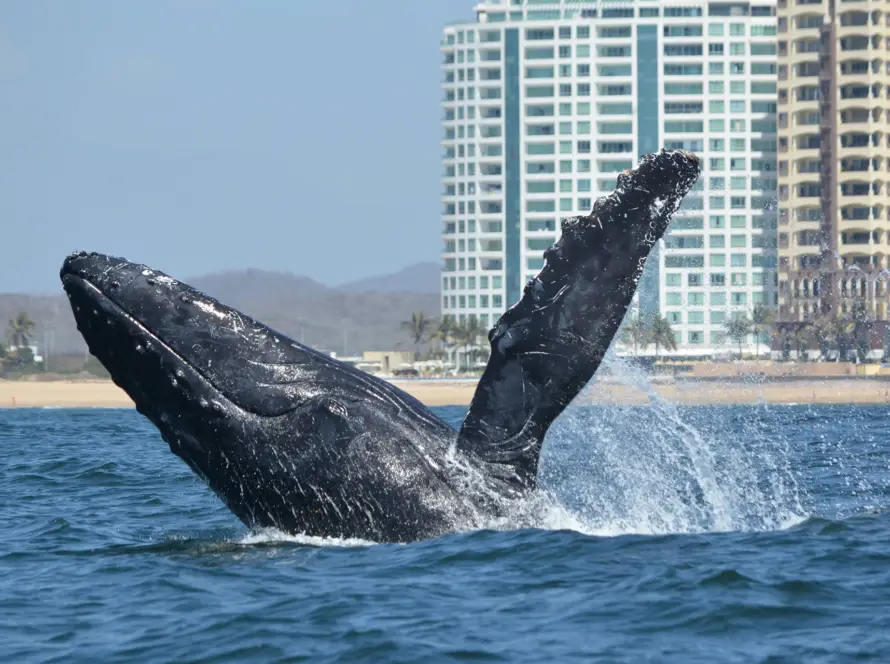More than half a century ago, off the coast of California, a small group of people embarked on an adventure to witness something that until then had been the exclusive domain of hunters: whale watching. What began as an act of silent admiration, with looks full of awe towards these marine giants, eventually became one of the most important and exciting industries in the modern world.
Whale watching is much more than just a tourist attraction; it is a window into a world we rarely see, an opportunity to immerse oneself in the vastness of the ocean and feel, if only for a moment, the deep connection with these creatures that have roamed the seas for millions of years. Today, people travel from all over the world to come face to face with gray whales, humpbacks and killer whales, bringing with them not only cameras and binoculars, but also a growing awareness of the fragility of our marine ecosystems.

Mexico was no stranger to this trend. With its vast coastline and rich biodiversity, it soon became the first formal whale watching destination in Latin America with a very particular target: the gray whales of the Baja California lagoons. Our country is now a privileged destination for those seeking to experience the majesty of these animals in their natural habitat. The waters of the Gulf of California, in particular, have been the scene of countless encounters between humans and whales, consolidating as one of the most important places for the research and conservation of these species.
One of the most magical moments occurs every year, when gray whales make their epic migration from the cold waters of the Arctic to the warm and safe lagoons of the west coast of the Baja California Peninsula. There, in a dreamlike setting, they give birth to their calves while travelers watch in silence, aware of witnessing something ancestral, something that transcends human comprehension.
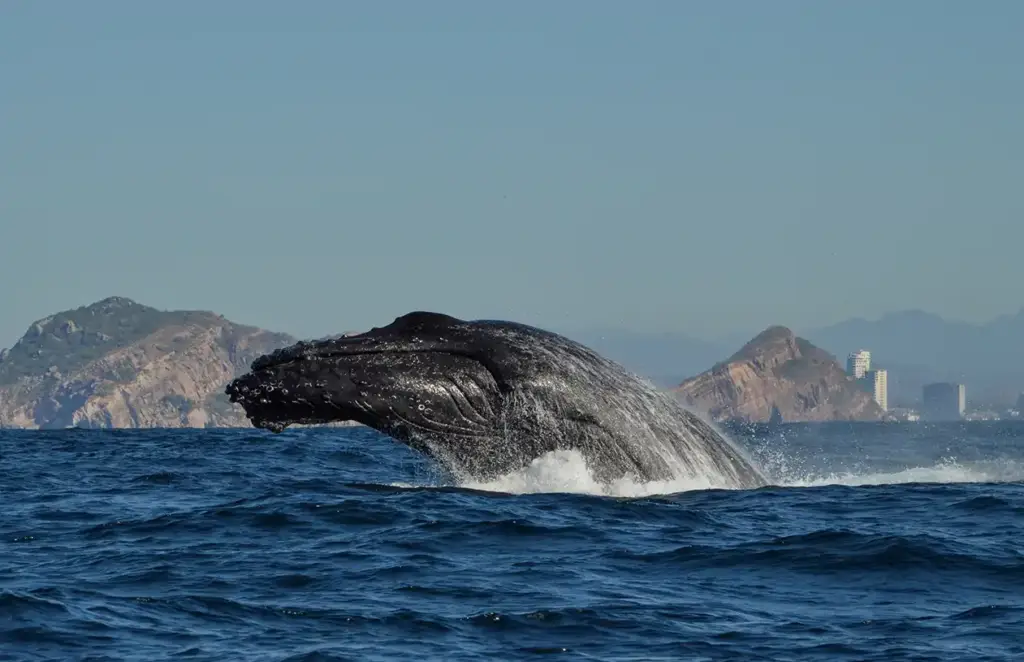
Along the Mexican Pacific coast, small fishing villages have found in whale watching an alternative that not only generates income, but also promotes a new way of relating to the environment. Ecotourism, when managed responsibly, has the potential to transform communities. People who once depended exclusively on fishing now participate in the protection of whales, working side by side with scientists and environmentalists to ensure that this relationship is sustainable.
In this context, Mazatlan emerges as a key destination. Its coasts have seen many species of whales arrive and depart, and little by little it has established itself as a place where tourism and conservation go hand in hand. Committed companies such as Onca Explorations have adopted an approach that combines whale watching with scientific research, offering for almost twenty years, not only a unique experience for visitors, but also contributing to the knowledge and protection of marine species.



Onca Exploraciones has demonstrated that, when ecotourism is properly managed, it can be a powerful tool for conservation. Through its expeditions, valuable data is collected on whale behavior and migratory routes, information that is then used by biologists and conservationists to design strategies to protect these endangered species. In addition, the company has focused on raising awareness among tourists, showing them the importance of respecting the whales and their environment.
As the whale watching industry grows, so do the challenges. Tourist vessels, if not managed properly, can alter the migratory routes and behavior of whales. Climate change has begun to alter the feeding and breeding patterns of these marine giants, adding a layer of uncertainty to the future.
However, Mazatlan is not only betting on responsible tourism. With the recent opening of the National Whale Museum (MUNBA)The city has taken a firm step towards education and public awareness of the importance of whales in our ecosystems. The MUNBA, under the direction of the master of science Oscar Guzóna whale specialist with more than 20 years of experience in their study and conservation, has set out not only to dazzle its visitors with fascinating exhibits, but also to be a research and education center that promotes the conservation of these magnificent beings. The museum has become a reference in the region, promoting knowledge and fostering a future in which tourism and conservation go hand in hand.
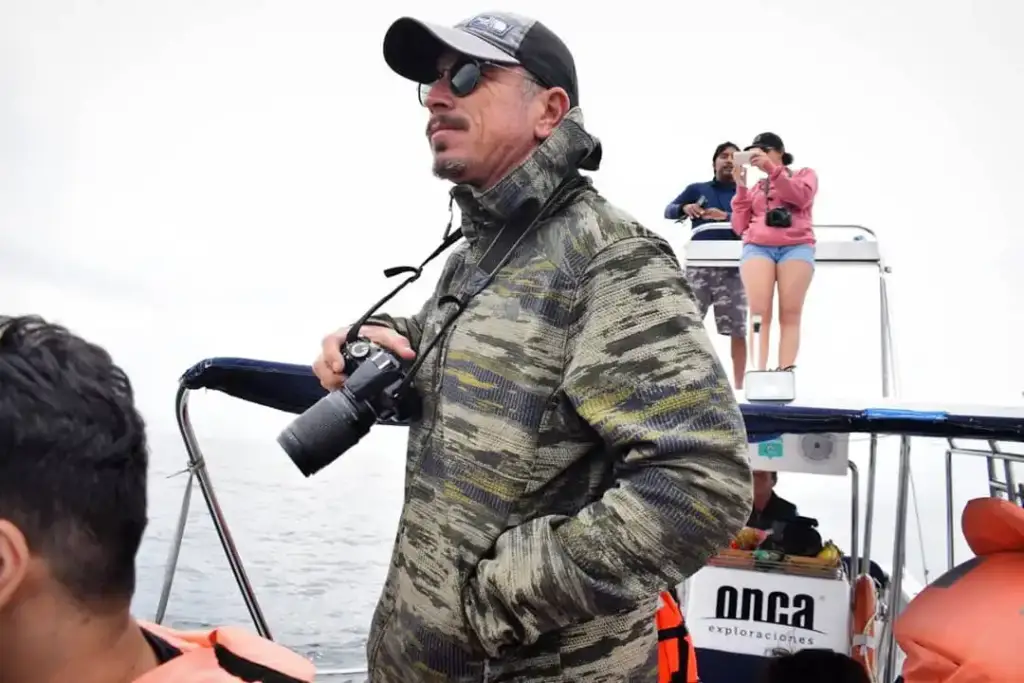
The future of whale watching depends on our ability to maintain this delicate balance. It is not just a tourist industry, but an opportunity to redefine our relationship with the sea and the creatures that inhabit it. As long as tourists continue to marvel at the leap of a humpback whale or the silent passage of a gray whale, there will always be hope that conservation and tourism can coexist in harmony.

